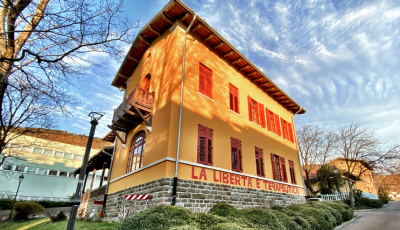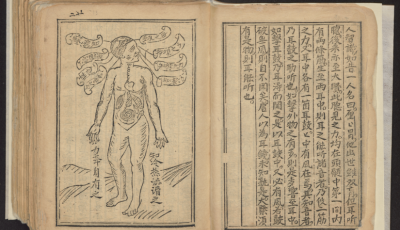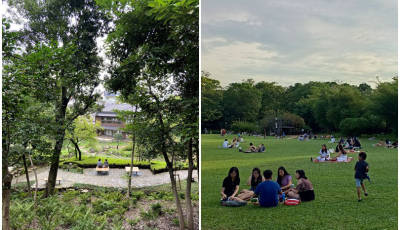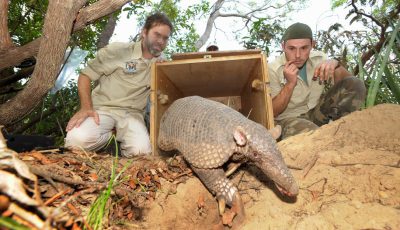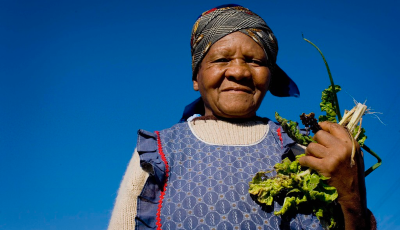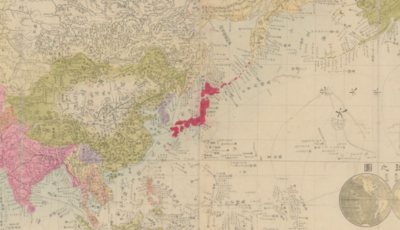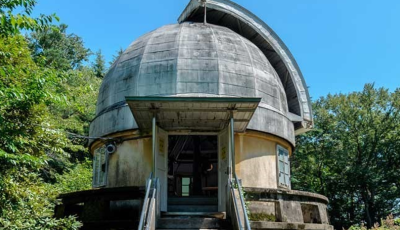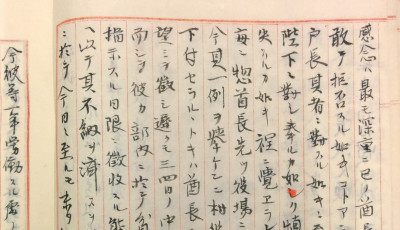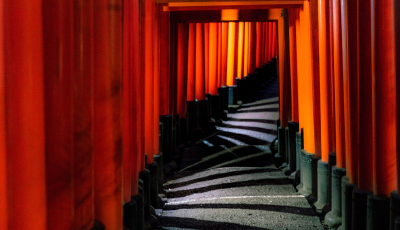Nature and Nationalism Amid War: Kachin, Burma, China
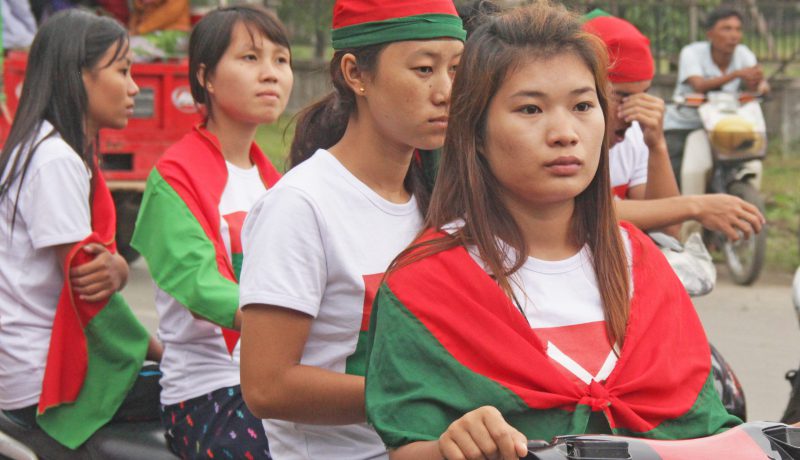
The global environmental crisis, revival of nationalism, and China’s rise are each changing our world. But how do they connect?
I explore these connections in a large but understudied region where China and India meet Burma (Myanmar), a country that has not had a day of peace since the Second World War. These subtropical highlands are a patchwork of Christian and Buddhist peoples and nationalist movements, amidst exceptional natural resources and biodiversity.
Specifically, I have done ethnographic research among Kachin people since 2010, focusing on their war-time encounters with: 1) the Burmese inter-ethnic conflict; 2) Chinese-led natural resource economies; and 3) Western-led biodiversity conservation.
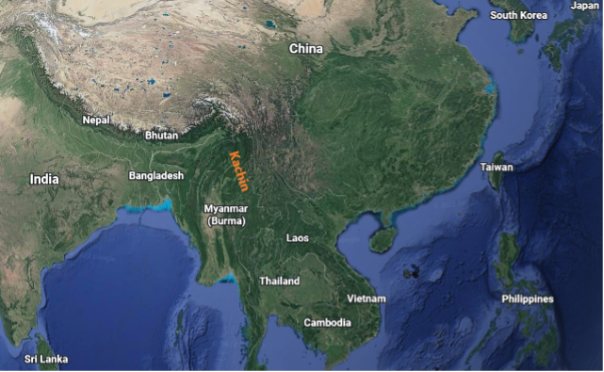 General area of Kachin people between Burma and China
General area of Kachin people between Burma and China
For example, my research asks:
How do stateless nations create independence and engage in international politics, especially in ethnically mixed lands? How does Christianity connect with nationalism? During field research, I learned how diverse people live amidst the Kachin Christian national movement, Buddhist Burma’s long military oppression, conflicts with other ethnic groups, and China’s recent rise.
Or, how do ethnic politics connect with environmental politics? In the Kachin region, militaries and companies are grabbing vast natural resources, sending them mostly to China. Resistance to this has emerged, including from Kachin nationalist environmentalism. My studies span the industrial mining of jade, gold, amber, and rare earths; hydropower mega-dam projects; logging of rainforests; and plantations of banana, rubber, and opium.
The Kachin region’s ancient rainforests and exceptional wildlife have attracted international nature conservationists. How do protected areas work amid military oppression and ethnic conflict? How to connect biodiversity conservation with the humanities and social sciences? I study the Hukawng Valley’s “world’s largest tiger reserve,” Burma’s largest lake Indawgyi and its wetland, and the Himalayan Hkakabo Razi “icy mountains.”
My publications have explored Kachin nationalist views on natural-resource grabbing; and the Kachin, Chinese, and Burmese sides of the international controversy over the Myitsone Dam mega-project.
Publications:
The Myitsone Dam Mega-Project:
2020 Confluences amid Conflict: How Resisting China’s Myitsone Dam Project Linked Kachin and Bamar Nationalisms in War-Torn Burma. Journal of Burma Studies 24 (2): 229–273. doi.org/10.1353/jbs.2020.0010.
2020 Inter-National Conspiracy? Speculating on the Myitsone Dam Controversy in China, Burma, Kachin, and a Displaced Village. Geopolitics 28 (1): 72–98. doi.org/10.1080/14650045.2020.1808886.
2017 (co-authors: Foran et al). Large Hydropower and Legitimacy: A Policy Regime Analysis, Applied to Myanmar. Energy Policy 110: 619–30. doi.org/10.1016/j.enpol.2017.08.043.
2016 Nationalism and Anti-Ethno-Politics: Why ‘Chinese Development’ Failed at Myanmar’s Myitsone Dam. Eurasian Geography and Economics 57 (3): 374–402. doi.org/10.1080/15387216.2016.1198265.
Nationalism and Natural Resources:
2016 Conspiracy, God’s Plan, and National Emergency: Kachin Popular Analyses of the Ceasefire Era and its Resource Grabs. In War and Peace in the Borderlands of Myanmar: The Kachin Ceasefire, 1994–2011, edited by M. Sadan, 205–235. Copenhagen: NIAS Press. http://kachinceasefire.weebly.com/laur-kiik.html.
Contact:
laur.kiik@tc.u-tokyo.ac.jp



